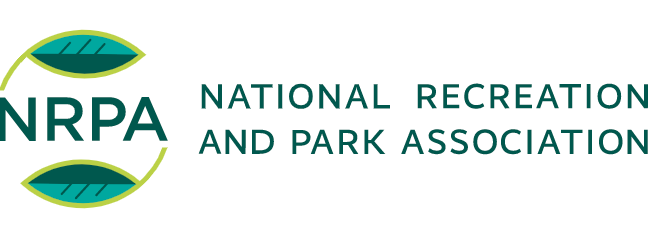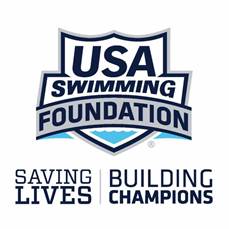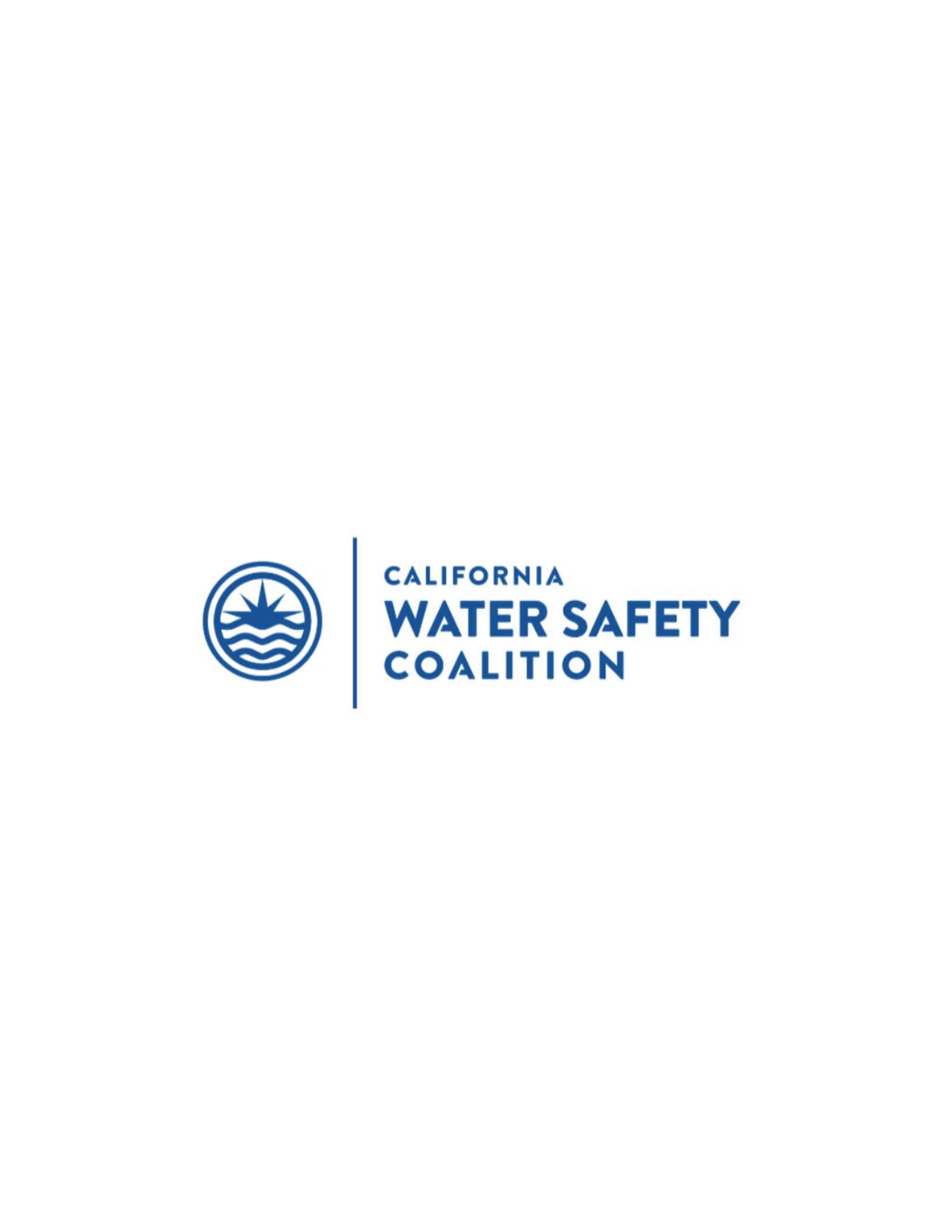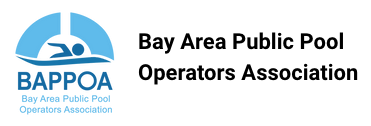Water Safety Tips
Top 11 Water Safety Tips for Families
The Swimming Swan is dedicated to keeping your child safe around bodies of water, and keeping you, the parent, informed on easy measures you can take to keep your children safe.
More Details
How to Keep Your Child Safe
-
Always watch your children around any body of water.
Staying within an arm’s reach of your family while they are enjoying the water is a best practice!
-
Eliminate distractions.
Talking or texting on the phone, reading a book or working on the computer are huge distractions that can lead to drownings. Always maintain a visual on your friends and family while they are swimming.
-
Don’t allow children to use inflatable toys or water wings in place of Coast Guard approved well-fitting Life Jackets.
This is especially important for children that are not independently swimming. Check the weight and size recommendations on the label, then have your child try it on to make sure it fits snugly. For kids younger than 5 years old, choose a vest with a strap between the legs and head support — the collar will keep the child’s head up and face out of the water. These inflatables can deflate or they can give a false sense of security and your child may be in deep water at this point.
-
Discuss Pool Safety Rules with your children.
No running around the pool deck, no pushing other kids into the pool that may not yet know how to swim, no diving in the shallow end and no swimming unless you are with them on the pool deck and say it’s okay. Make sure the kiddo’s are fully aware of what is allowed and whats not allowed.
-
Applying Sunscreen and staying hydrated are important.
There are many sunscreen brands available, we recommend applying at least 10 minutes before entering the water. Its also very easy to get dehydrated so drinking plenty of water while having fun in the sun is always a great idea!
-
Appropriate Water Temperature.
Making sure the water temperature feels okay to the touch is always a good idea. A temperature of 70 or less is too cold for most people. In general, the most comfortable pool temperature should range from 82- 86 degrees. Babies and young children are most comfortable in water that is on the warmer side of this range. Body temperatures drop quickly in water and it doesn’t take long for hypothermia to set in. If a child is shivering or complaining about muscle cramps – best to get them out of the water immediately.
-
The Buddy System.
For older children that have taken swim lessons and feel comfortable in the water, maintaining the buddy system with a friend or sibling is a good idea. Explain to them that it’s their responsibility to know where his or her buddy is at all times.
-
Enroll the family in swimming lessons.
Knowing how to swim independently is an invaluable skill that can open the doors to a variety of sports and recreation. There are many options available depending on what works best for your family.
-
Learn CPR.
It’s always best practice to know how to perform CPR in the event that a family member or friend needs your assistance. There are numerous classes available and we recommend maintaining this certification for a lifetime. For more information on CPR classes near you, please visit our CPR/First Aid page.
-
Be aware of the Hazards at home
. While most drownings occur in the backyard pool, there are hazards inside the home that we want you to be aware of. Bathtubs can be deadly. Never leave a child in the tub alone. Baby bath seats or rings can be dangerous. Slipping through these devices can be deadly so maintaining a visual while these are in use is a must. Buckets, containers or coolers that may have water in them are potentially deadly. Make sure all items that can pose as drowning threats for the little ones are stored appropriately. Toilet bowls should always be kept closed and install a toilet cover safety latch. Always keep the bathroom doors closed.
-
Families with Backyard Pools.
Install proper barriers, covers and alarms on and around your pool and spa. These items can be lifesaving devices and should be installed immediately. A fence of at least 4 feet should surround your pool or spa and should not be climbable. The water should only be accessible through a self-closing, self-latching gate. Teach children to never try to climb over the pool fence or gate. Install a door alarm from the house to the pool area, and keep pool and spa covers in working order.












